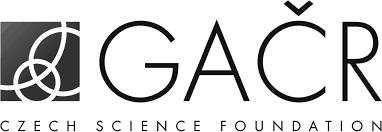Plastic waste significantly pollutes aquatic ecosystems, especially aquatic animals that get caught in larger pieces of plastic and often consider smaller pieces as food. When they swallow plastic particles, they often can no longer digest normal food and die (Thushari and Senevirathna, 2020). Humans ingest plastic containing toxic substances through the food chain, which can be detrimental to long-term health (Ašmonaitė 2019). In a resolution adopted in 2021 (European Parliament, 2021), urgent action is called for to reduce aquatic pollution, limit the use of single-use plastics and promote sustainable and biodegradable materials. Understanding the impacts of conventional plastics on various aquatic habitats is critical for the development of new materials.
This research focuses on tracking plastic waste (PET films and PET fibers) using Toxicity characteristics following Characteristic Leaching Procedure (TCLP)-SW846 Test Method 1311 (EPA, 1992) to determine the mobility of both organic and inorganic analytes present in samples. Water obtained by the TCLP process was tested for simple qualitative properties (turbidity, conductivity, and chemical oxygen demand (COD) of the samples) before and after the filtration process. The water after filtration was also analyzed for particle size distribution by determining the hydrodynamic radio using the principles of dynamic light scattering. It has been shown that particles of colloidal size (less than 1 μm) are found in the filtrate, while analysis of PET fibres by optical microscope revealed that fragmentation into microand nanofibers occurred, while in case of PET films no fragmented particles were found.
From the results, fragmentation into micro and nano particles is much more pronounced in the water-based fiber sample of PET, resulting in higher sample turbidity, conductivity, and release of plastic particles. In addition, PET fibres lose more mass compared to PET films. This indicates that PET fibers are much more susceptible to degradation, resulting in higher COD values compared to those for PET film-based water samples, implying a higher organic contaminant content.


